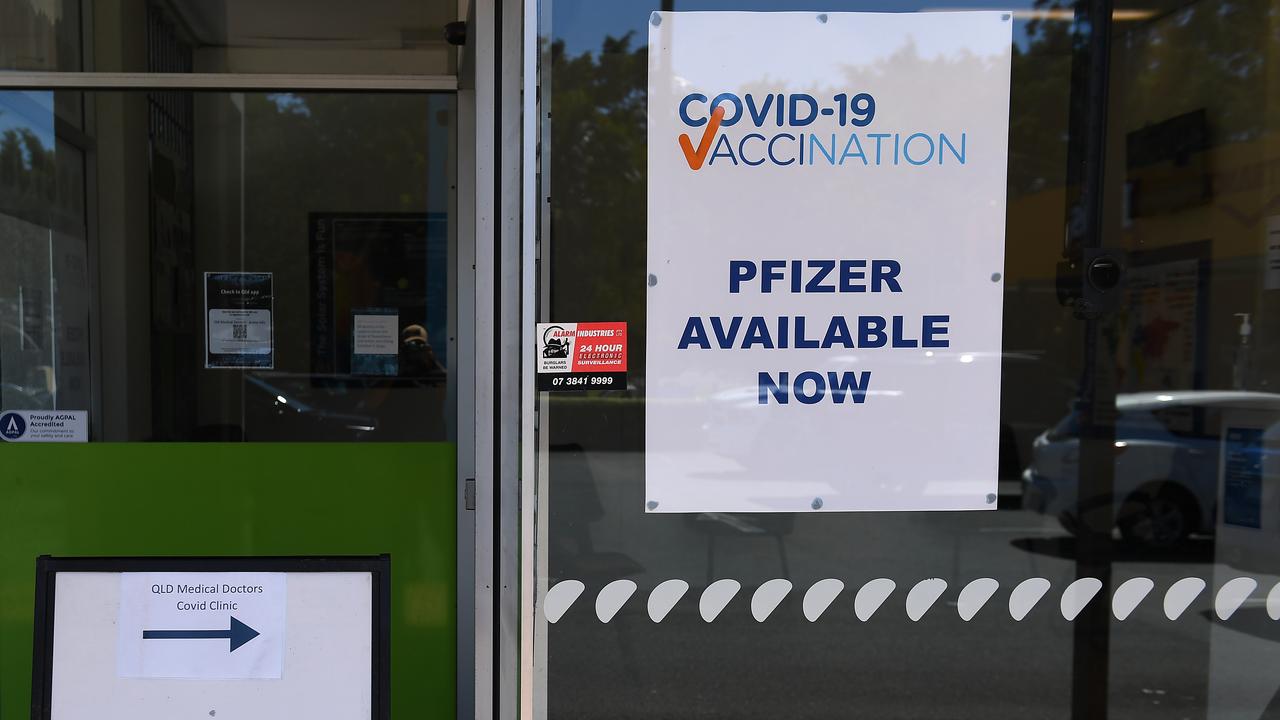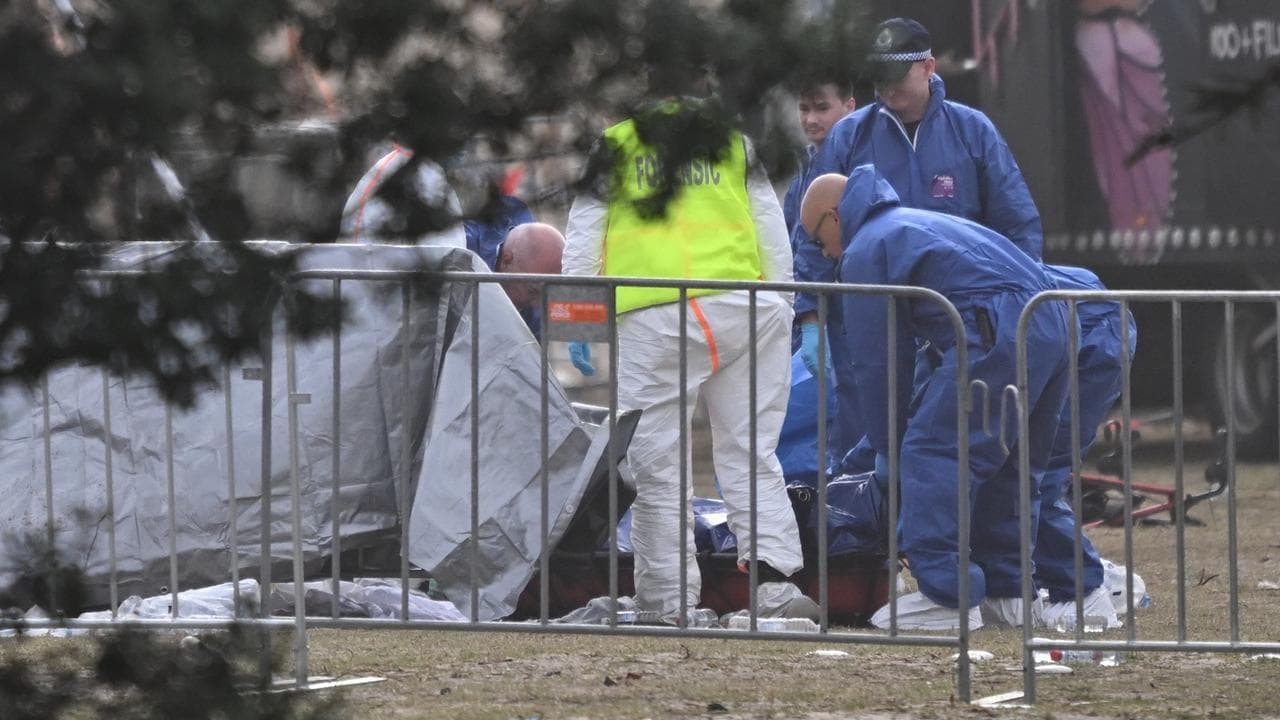WHAT WAS CLAIMED
A biologist has revealed the Pfizer COVID-19 vaccine contains 200 billion pieces of dangerous DNA.
OUR VERDICT
Misleading. The biologist said any risk of harm is theoretical and untested. Health agencies have said there is no evidence that any DNA in the vaccine causes harm.
It is being claimed a US molecular biologist has revealed the Pfizer COVID-19 vaccine contains 200 billion pieces of dangerous DNA.
This is misleading. The biologists in question said the risk from any residual DNA in the vaccine is only theoretical. Experts and various health bodies have said there is no evidence to link DNA in the vaccines to adverse events.
Various claims relating to "dangerous" DNA in the vaccine have been made in recent months, including in this post (archived here).
"The Pfizer shot contains 200 billion (dangerous) pieces of foreign DNA," the post reads.
It links to a video of a senate hearing in the US state of South Carolina from September 2023, which the post says features molecular biologist Professor Phillip Buckhaults "exposing this monumental crime".

Prof Buckhaults claims the Pfizer vaccine is "contaminated with plasma DNA" (3mins 32secs).
While presenting a slide (13mins 45secs), he says each shot has about 200 billion pieces of plasmid DNA encapsulated in the lipid nanoparticle.
Lipid nanoparticles are an emerging vehicle for gene delivery, which is the way the vaccines are transferred to cells.
Prof Buckhaults also speculates that DNA in the jab could be the cause of rare but serious side effects (4mins 44secs).
He also claims there is a "theoretical risk of future cancer".
However, the molecular biologist makes clear his claims are theoretical and haven't been tested (18 mins).
Prof Buckhaults repeated that point in a post on X, previously Twitter, on September 24, 2023.
"The DNA is real, however the risk of this DNA is theoretical. There is no need to panic about past vaccination," he wrote in the post.
Prof Buckhaults said his senate hearing comments were targeted at regulators and industry experts, not the general public, and had resulted in "totally inappropriate anxiety".
"IMO (in my opinion), these vaccines saved a lot of lives. Far more than the number of people who have had medical events subsequent to vaccine," he added.

"So overall, these vaccines were a win. However, those who experienced harm deserve to have scientists and regulators look carefully at possible causes. Even if the adverse events turn out to have nothing to do with the vaccine…"
In another tweet in October, he said: "I study a scientific mechanism that might explain *rare* events. There are currently no documented cases of the Pfizer vaccine causing cancer. I study the possibility just to make sure that it can't ever happen...do not use my research topic or my video to create fear or panic or anxiety in others just to get attention on social media."
Prof Buckhaults did not respond to a set of questions sent by AAP FactCheck.
The European Medicines Agency (EMA) says residual fragments of plasmid DNA used in templates for the mRNA vaccine are supposed to be broken down and removed during the manufacturing process.
"The DNA template is not intended to be part of the final mRNA vaccines; however, very small amounts of residual bacterial DNA fragments may still be present," an EMA spokesperson told AAP FactCheck in an email.
However, the European regulator said it had not seen any reliable evidence of an association between mRNA vaccines and adverse events that could be linked to the presence of DNA material.
"Nor are we aware of any scientific evidence showing that the very small amounts of residual DNA that may be present in vaccine batches could integrate into the DNA of vaccinated individuals," the EMA spokesperson added.
The US Food and Drug Administration (FDA) has also said there is no evidence of any risk.
"With over a billion doses of the mRNA vaccines administered, no safety concerns related to the sequence of, or amount of, residual DNA have been identified," the federal vaccine regulator told AAP FactCheck in an email.
"While concerns have been raised previously as theoretical issues, available scientific evidence supports the conclusion that the vaccines are safe and effective."
Australia's Therapeutic Goods Administration (TGA) said residual DNA is a "manufacturing impurity" found in very low levels in many medicines and vaccines.

The regulator said while there is a theoretical possibility the residual DNA may be encased in lipid nanoparticles, it is not aware of any scientific evidence that this occurs in practice.
"There is also no scientific evidence that residual DNA alters the human genome. The safe use of biological medicines in millions of patients for over 40 years shows that this technology is safe and residual DNA presents a low safety risk," a TGA representative told AAP FactCheck in an email.
The TGA said the World Health Organization, European Pharmacopeia and regulators including the FDA have provided guidance on the acceptable limits of total residual DNA, and all mRNA vaccines registered in Australia comply with these limits.
Pfizer also told AAP FactCheck in a statement that there is "no evidence" to support the claim.
Similar claims have been debunked by other fact-checking organisations here, here, here, here and here.
The Verdict
The claim that a biologist has revealed the Pfizer COVID-19 vaccine contains 200 billion pieces of dangerous DNA is misleading
The professor in question said any risk is theoretical and has not been tested.
Leading health bodies told AAP FactCheck there is no evidence to support claims residual DNA in the vaccine is dangerous.
Misleading – The claim is accurate in parts but information has also been presented incorrectly, out of context or omitted.
AAP FactCheck is an accredited member of the International Fact-Checking Network. To keep up with our latest fact checks, follow us on Facebook, Twitter and Instagram.












